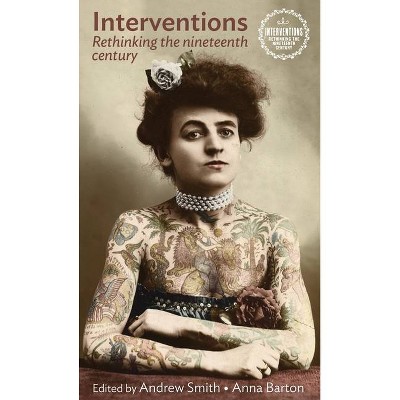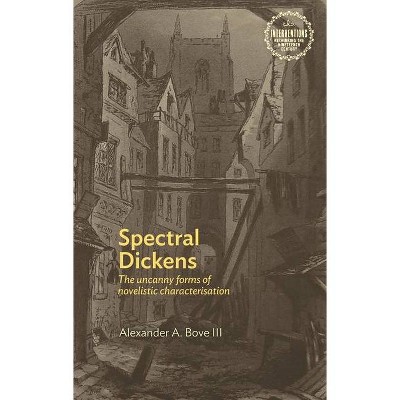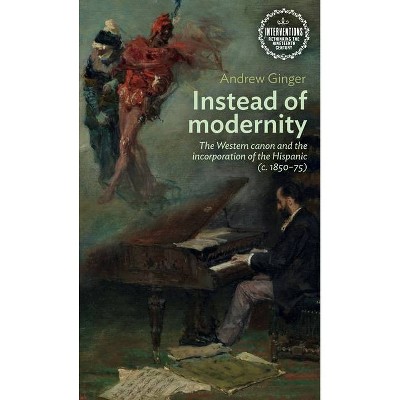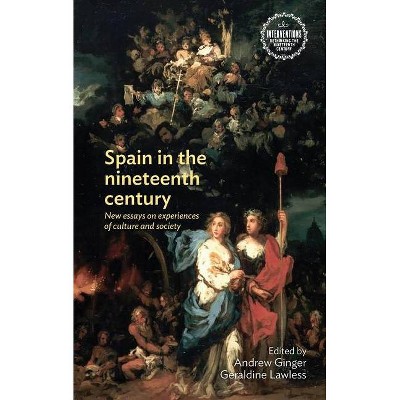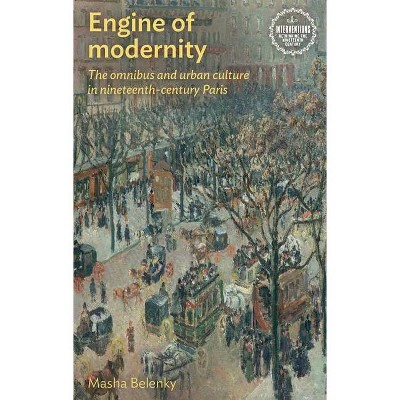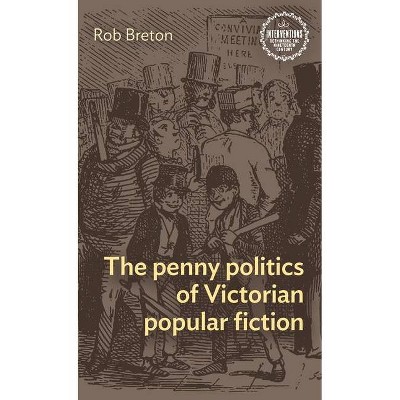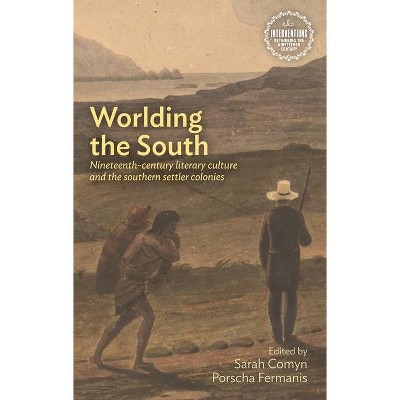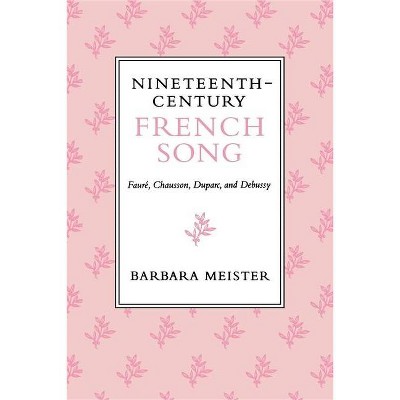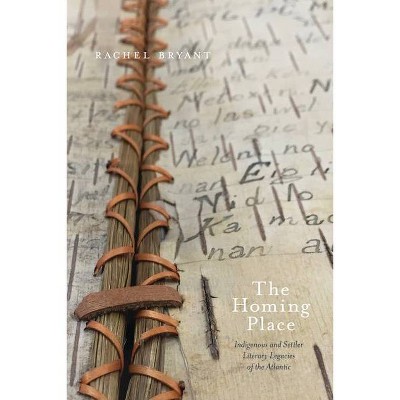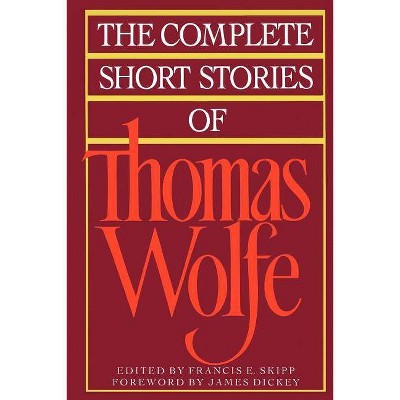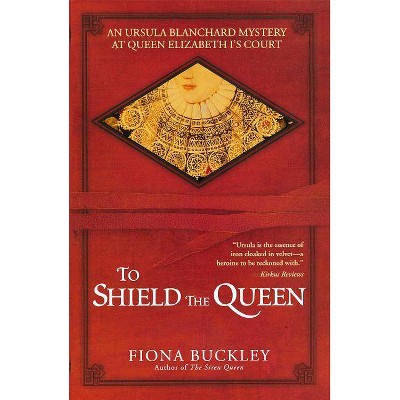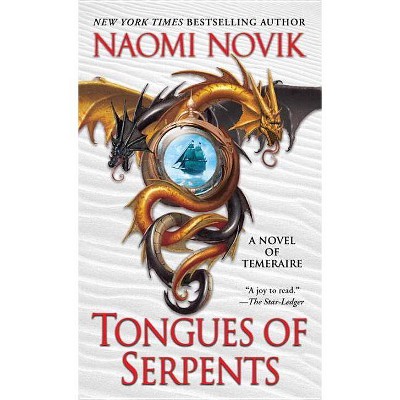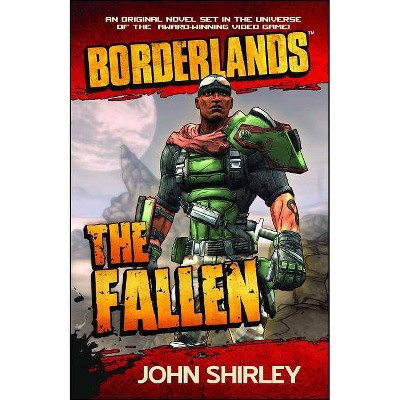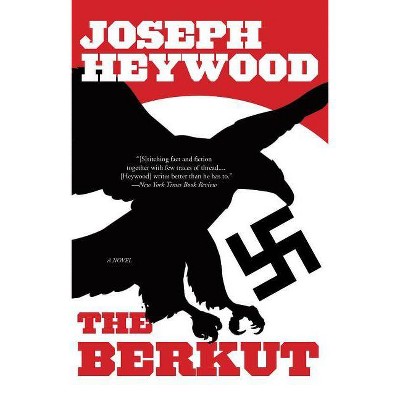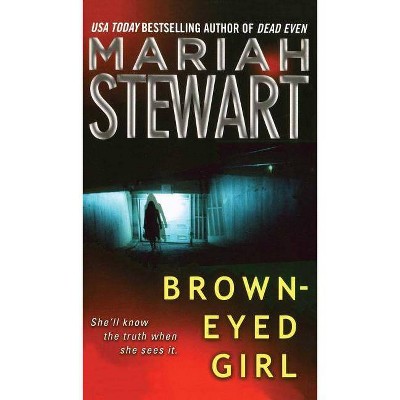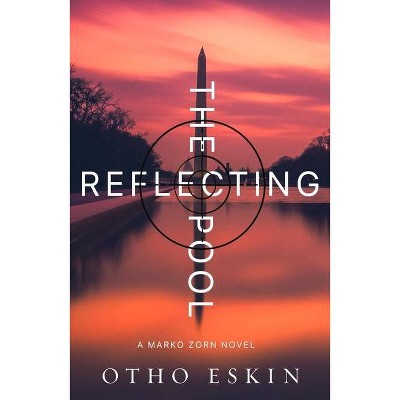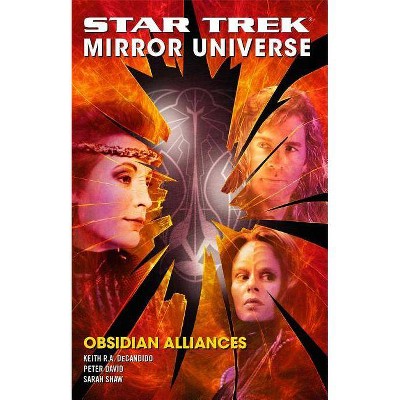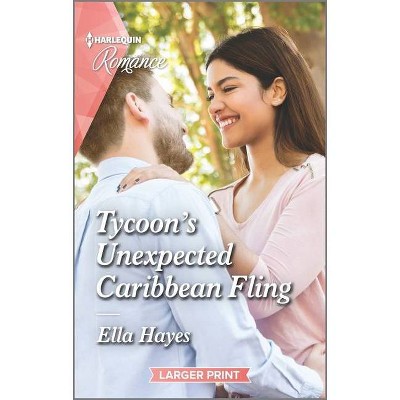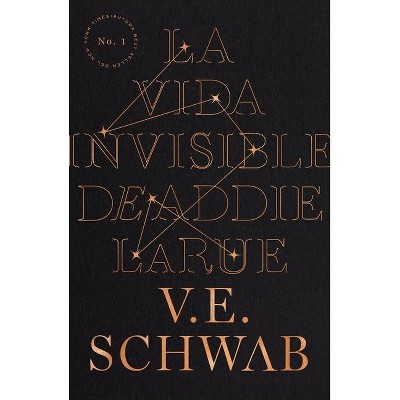Pasts at Play - (Interventions: Rethinking the Nineteenth Century) by Rachel Bryant Davies & Barbara Gribling & Anna Barton (Hardcover)
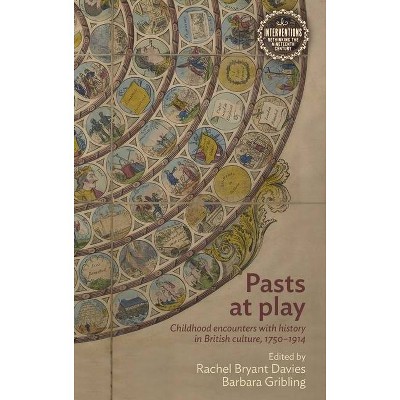
Similar Products
Products of same category from the store
AllProduct info
<p/><br></br><p><b> About the Book </b></p></br></br><i>Pasts at play </i>showcases a range of approaches to children's literature and culture, from disciplines including Classics, English Literature, and History. The ten essays integrate visual and material culture into historical practice to analyse how nineteenth-century children interacted playfully with the past to generate moral lessons.<p/><br></br><p><b> Book Synopsis </b></p></br></br><p><em>Pasts at play </em>examines British children in the late Georgian, Victorian and Edwardian eras as active consumers of a variety of pasts, from the biblical and classical to the medieval and early modern. This period, 1750-1914, saw crucial developments in children's culture and historical education, as children became target consumers for publishers. Boys and girls across the social classes often experienced multiple pasts simultaneously for the<br /> purpose of amusement and instruction. Their encounters were interactive, imaginative and, above all, playful.<br /> <br /> This interdisciplinary collection brings together new approaches to childhood culture and the dynamic role of play within that culture. Specialists in Classics, English and History reconstruct children's encounters with different media to uncover the cultural work done by particular pasts and expose the key role of playfulness in the British historical imagination. Together, these ten studies explore the diverse range of media, and of pasts, that were marketed to children that are essential to fully understand the significance of children's interactions with the past. Analysing sources ranging from games to guide-books and puzzles to pageants, contributors develop fresh approaches to children's culture and the uses of the past. This book will be valuable for researchers and students interested in the afterlives of the past, the history of education and child consumerism and interaction.</p><p/><br></br><p><b> From the Back Cover </b></p></br></br><i>Pasts at play </i>examines British children in the late Georgian, Victorian and Edwardian eras as active consumers of a variety of pasts, from the biblical and classical to the medieval and early modern. This period, 1750-1914, saw crucial developments in children's culture and historical education, as children became target consumers for publishers. Boys and girls across the social classes often experienced multiple pasts simultaneously for the purpose of amusement and instruction. Their encounters were interactive, imaginative and, above all, playful. This interdisciplinary collection brings together new approaches to childhood culture and the dynamic role of play within that culture. Specialists in Classics, English and History reconstruct children's encounters with different media to uncover the cultural work done by particular pasts and expose the key role of playfulness in the British historical imagination. Together, these ten studies explore the diverse range of media, and of pasts, that were marketed to children that are essential to fully understand the significance of children's interactions with the past. Analysing sources ranging from games to guide-books and puzzles to pageants, contributors develop fresh approaches to children's culture and the uses of the past. This book will be valuable for researchers and students interested in the afterlives of the past, the history of education and child consumerism and interaction.<p/><br></br><p><b> About the Author </b></p></br></br>Rachel Bryant Davies is a Lecturer in Comparative Literature at Queen Mary University of London Barbara Gribling is a Research Associate in the School of English Literature, Language and Linguistics at Newcastle University
Price History
Cheapest price in the interval: 120 on November 8, 2021
Most expensive price in the interval: 120 on December 22, 2021
Price Archive shows prices from various stores, lets you see history and find the cheapest. There is no actual sale on the website. For all support, inquiry and suggestion messagescommunication@pricearchive.us
